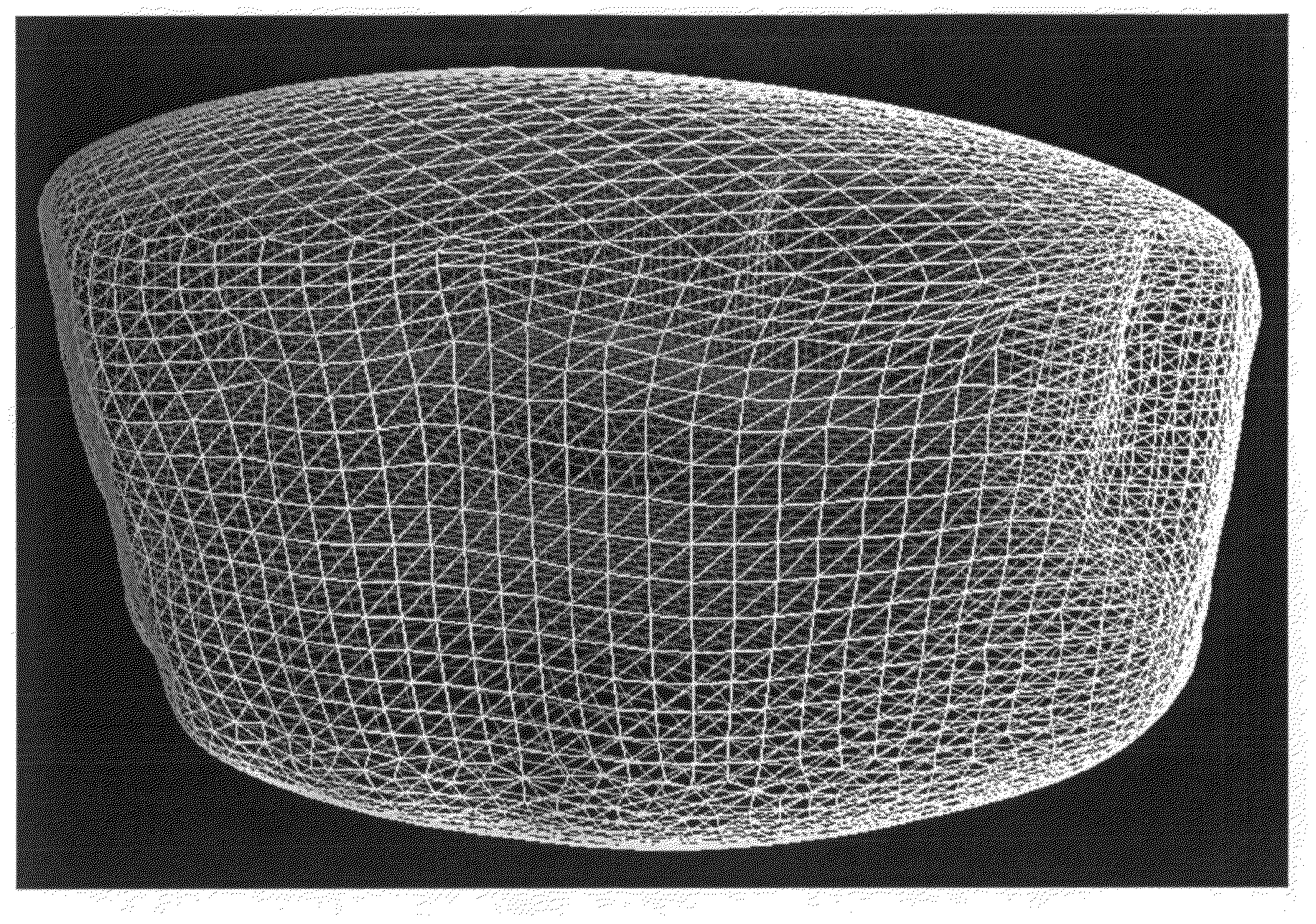Extraction of depositional systems
a depositional system and seismic interpretation technology, applied in the field of 3d seismic interpretation, can solve the problems of increasing the volume of data to be interpreted for each project, increasing the difficulty of finding and developing energy resources, and increasing the difficulty of exploration and efficient development of hydrocarbon reserves, so as to improve both the structural interpretation and the results.
- Summary
- Abstract
- Description
- Claims
- Application Information
AI Technical Summary
Benefits of technology
Problems solved by technology
Method used
Image
Examples
example intervals
and Geometric Rules
[0140]The set of intervals included below is intended as a set of examples and is not inclusive of all the possible intervals that can be handled using the Domain Transformation approach. This subset is chosen for illustrative purposes. All types of geologic intervals can be handled using the approach presented for Domain Transformation.
[0141]Proportional Intervals:
[0142]Proportional intervals include conformable intervals and growth intervals, with or without post-depositional folding and differential compaction. For continuous unfaulted proportional intervals, such as in FIG. 8, three steps are performed. First, a global search is performed for all trace segments contained between the two bounding horizons. This search is meant to locate the thickest portion of the interval (ZM). The number of samples in this interval (N) at its maximum thickness is calculated by dividing this maximum time thickness by the sample rate (S) of the input data volume.
N=ZM / S
[0143]In...
PUM
 Login to View More
Login to View More Abstract
Description
Claims
Application Information
 Login to View More
Login to View More - R&D
- Intellectual Property
- Life Sciences
- Materials
- Tech Scout
- Unparalleled Data Quality
- Higher Quality Content
- 60% Fewer Hallucinations
Browse by: Latest US Patents, China's latest patents, Technical Efficacy Thesaurus, Application Domain, Technology Topic, Popular Technical Reports.
© 2025 PatSnap. All rights reserved.Legal|Privacy policy|Modern Slavery Act Transparency Statement|Sitemap|About US| Contact US: help@patsnap.com



